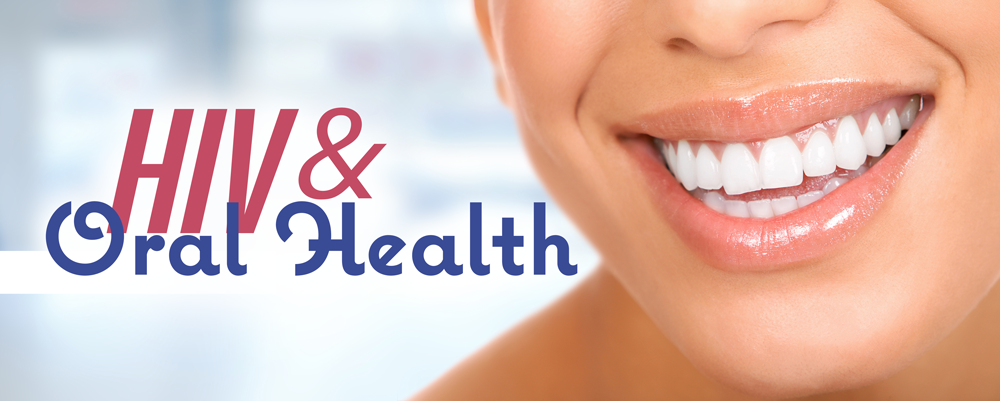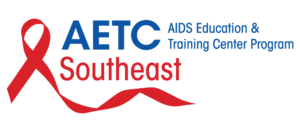
HIV and Oral Health: HIV in the Southeast United States
By: Mark Schweizer, DDS MPH
Director of Development and Special Projects
Dental Director Southeastern AIDS Training and Education Center
Nova Southeastern University College of Dental Medicine
[email protected]
Southern states today account for an estimated 44 percent of all people living with an HIV diagnosis in the U.S., 1 despite having only about one-third (37%) of the overall U.S. population. Diagnosis rates for people in the South are higher than for Americans overall. Eight of the 10 states with the highest rates of new HIV diagnoses are in the South, as are the 10 metropolitan statistical areas (MSAs) with the highest rates.1 The South faces internal disparities based on geography. Like the rest of the country, the majority of HIV diagnoses occur in urban areas. The region, however, has higher HIV diagnosis rates in suburban and rural areas as compared to other regions nationwide, which poses unique challenges to HIV prevention efforts.
The impact of HIV in the South also varies by race. African Americans are severely affected by HIV in the South, accounting for 54 percent of new HIV diagnoses in 2014. However, the rate of new HIV diagnoses mirrors that of African Americans in the Northeast.2 Black gay, bisexual, and other men who have sex with men (MSM) face an especially heavy burden, accounting for 59 percent of all HIV diagnoses among African Americans in the South.
Recognition of Oral Manifestations of HIV are critical in both diagnosis of new infections as well as evaluating the progression of the disease and effectiveness of antiretroviral therapy. At each dental visit, a thorough intra/extraoral examination should be performed. Candidiasis, HPV, Oral Hairy Leukoplakia as well as xerostomia and salivary gland swelling can also be signs of initial HIV infection as well as failure of antiretroviral therapy as well as a break in medication compliance. The role of the dental professional is to make the appropriate referral to a medical provider as well as stress the importance of retention in care and regular oral hygiene.
The AETC site has some great resources about HIV and Oral Health as well many other valuable information.
References:
- Centers for Disease Control and Prevention (CDC). HIV Surveillance Report, 2014; vol. 26. Available at https://www.cdc.gov/hiv/library/reports/surveillance/ . Published December 2015.
- U.S. Census Bureau. Annual Estimates of the Resident Population: April 1, 2010 to July 1, 2014. Available at https://factfinder.census.gov/faces/tableservices/jsf/pages/productview.xhtml?pid=PEP_2014_PEPANNRES&src=pt. Accessed November 13, 2015.
